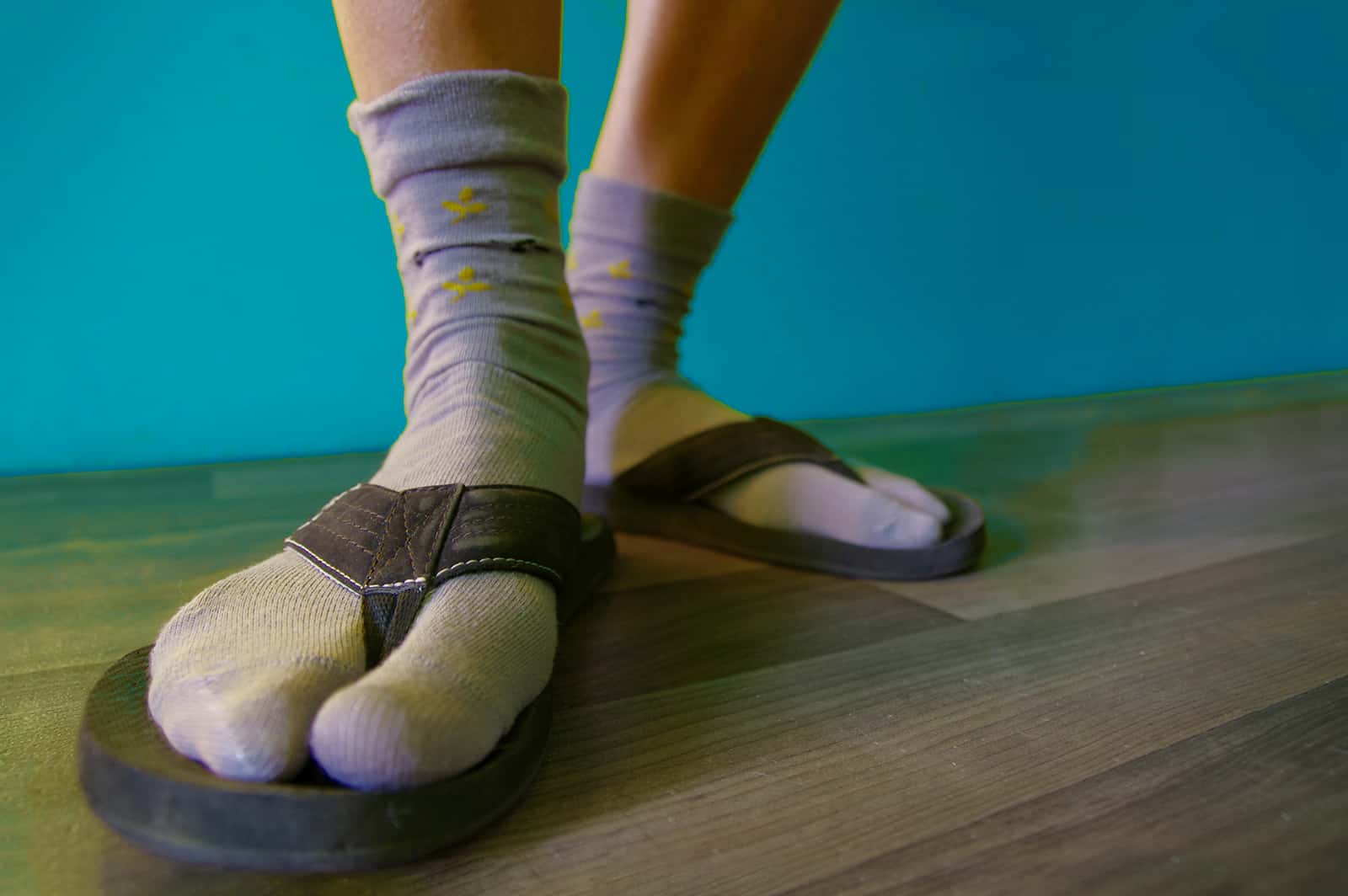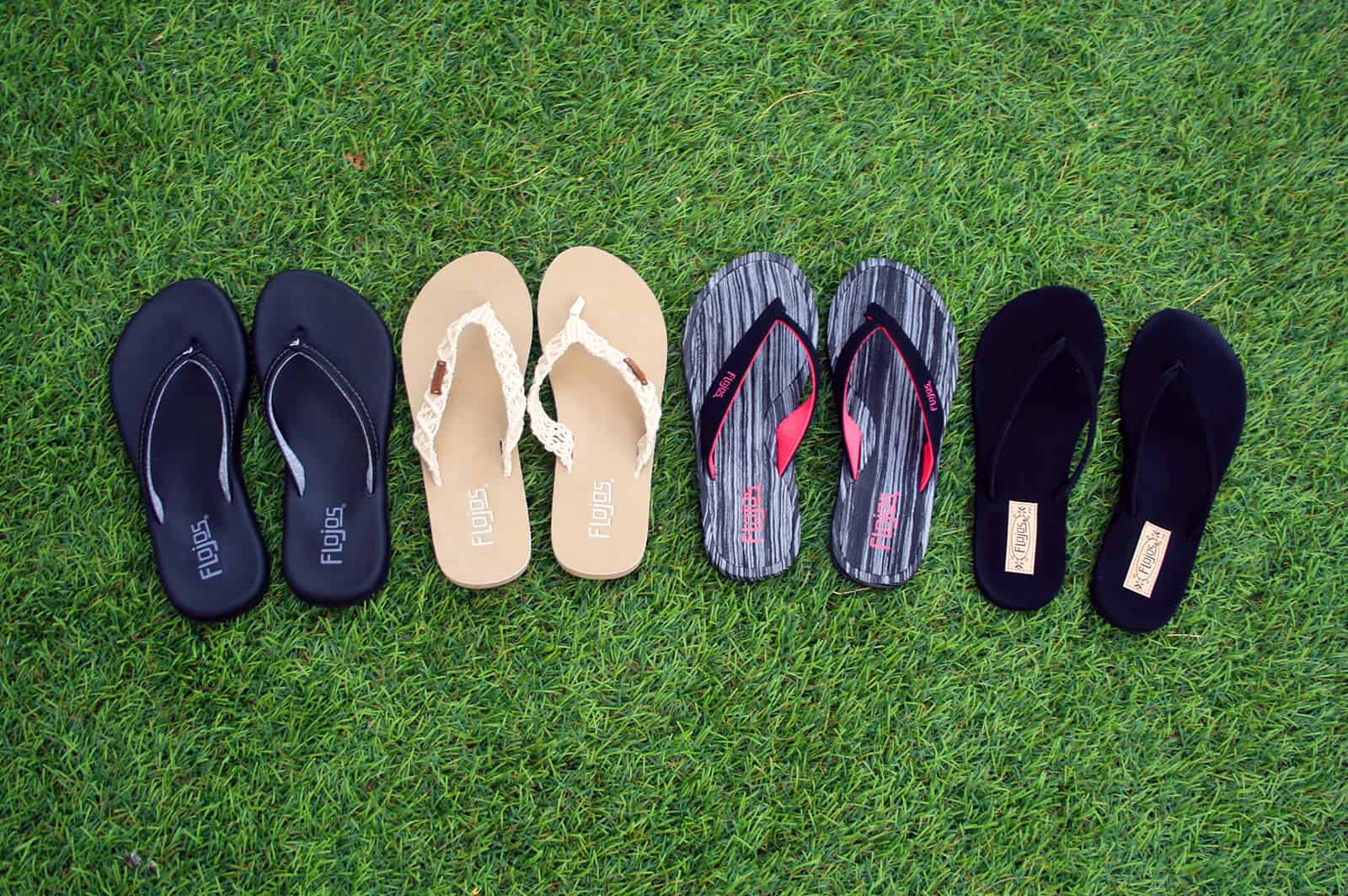When it comes to beautiful weather and fun outdoor days, there's no better footwear than the flip flop. Easy to slip on and off and incredibly comfortable, these mainstays of summer culture help millions of people kick back and relax in sunny weather.
And while this footwear fashion trend may seem like a recent trend, flip flops have been part of our culture for thousands of years. From the Ancient Egyptians to the soldiers of World War II, the flip flop has had a massive impact on the history of fashion and footwear.
In this article, we'll go over the history of the flip flop, tracing its use in ancient civilizations all the way to the modern world.
Flip Flops in the Ancient World
Flip flops are an interesting piece of footwear because almost every culture on the planet has created some form of a flip flop. Ancient cultures from all over the world wore the flip flop as a comfortable and reliable form of footwear, including cultures from the Americas, Europe, Africa, and Asia.
Ancient Egyptian Flip Flops
The earliest recorded use of flip flops is seen around 4000 BC in Ancient Egypt. Many of their ancient sculptures and drawings show subjects wearing flip flops, including both royalty and everyday citizens. The flip flops worn by the Egyptians were mostly made from papyrus and other plant fibers. The hot, muggy weather near the Nile river made flip flops an excellent choice that helped keep their feet cool and dry.
Flip Flops in the Americas
Ancient South American tribes also wore a version of the flip flop. These flip flops were made out of woven plant fiber. They held the wearer's foot in the sole by using a V-shaped strap, which was worn between the first and second toe.
Although these flip flops had different designs, they allowed the wearer to run and walk comfortably and safely. The members of the Raramuri tribe of South America are famous for their ability to run long distances, and they did it all wearing flip flops. They were so comfortable in their footwear that they could run over
200 miles in a single session!
African Flip Flops
Many of Africa's ancient desert tribes also turned to the flip flop to protect their feet. With the burning sands and sharp rocks of the desert, they needed something more durable and reliable for their flip flops. Because these tribes had limited access to harder plant materials, they used rawhide and animal products to make their flip flops. By using the skin of the prey they killed, these people were able to make more durable flip flops that provided cushioning and resistance to the elements.
Ancient Greek and Roman Flip Flops
Even the Ancient Greeks and Romans wore a form of flip flops. With easy access to animal products and the ability to create fine leathers, Greeks and Romans were able to produce durable, comfortable flip flops. These flip flops were used as both daily footwear and footwear for battle and athletics.
While the Greeks wore the thong of their flip flops in between the first and second toe, Romans wore theirs between the second and third toe. Both civilizations created a version of the flip flop that laced up the leg as well, creating more stability and support.
Ancient Asian Flip Flops
Asian cultures are some of the most influential when it comes to the spread of the flip flop. In India, citizens and royalty alike wore flip flops, with the
Paduka being one of the more popular styles. This style used a small peg between the toes instead of a strap to hold the foot in the sole.
In Asia, most cultures made flip flops made of rice straw or cloth. Both the Chinese and the Japanese made flip flops, each with their own characteristics and designs. The Japanese Zori is one of the more iconic flip flops, recognized around the world due to their popularity and prevalence in pop culture.
Flip Flops in Modern Culture
While flip flops have been a part of most cultures for a long time, their meteoric rise in the global culture only happened recently. Although they came to the global stage on the tail of a terrible event, they have become a key part of many cultures since.
Footwear From Far Away Lands
Flip flops in modern culture got their rise as a result of World War II. Soldiers who fought in the Pacific were able to pick up pairs of the Japanese Zori and bring them home.
When people all over the world were exposed to this comfortable footwear, they immediately fell in love. These flip flops caught on in different countries but became especially popular in places like America and Brazil.
Comfortable, convenient flip flops quickly became a
favorite amongst surfers in California, and people in Brazil began producing rubber flip flops. This is how famous brands like Havianas and Rainbows were born.
Flip Flops in Today's World
As flip flops have gotten more popular and widespread, different designs and styles have been invented. While many vendors produce cheap flip flops made of rubber or plastic, other vendors use leather to produce their flip flops.
This makes them more durable and reliable and gives them a sense of style. While flip flops are considered casual wear, there are also flip flops that can be worn in more formal occasions.
The Flip Flop: An Ancient Style in a Modern World
As you can see, flip flops have played a pivotal role in many of the world's cultures. Whether you're spending the day at the beach or attending a nice dinner, flip flops are a great choice for any summertime occasion.
If you would like to learn more about the flip flop and how they're worn, please visit
our blog.




Leave a comment
This site is protected by hCaptcha and the hCaptcha Privacy Policy and Terms of Service apply.